DANCE LESSON PLAN 1 OF 4 FOR DIV 1/2 (GRADES K-6)
Dance is not only a physical education curricular requirement in Alberta schools, it’s also a fun and expressive way to move your body!
For the next four weeks, we’ll be posting a new Div 1/2 (grades K-6) dance lesson plan to help you teach movement. These lesson plans build on one another from week-to-week.
You don’t need to be a phys ed teacher to integrate dance and movement into your classroom! Physical activity helps students to learn and regulate their emotions. Try adding a 2-minute dance break in your next class.
DANCE LESSON 1 OF 4: MOVEMENT QUALITY
DIV 1/2 (GRADES K-6)
MATERIALS
- Scarf or feather
- Bean bag or hockey stick
INTRODUCTION
Everyday moves and using them to dance
All actions—walking, running, waving, shovelling snow, skipping, or kicking a ball—can be used to create dance. It depends on the amount of energy and effort you put into each action that can change it from looking like an everyday action to a dance move.
According to Rudolf Laban, all movement occurs in time, space and weight. Laban created a way to speak about movement, all movement (not specifically dance) to offer the opportunity to anyone to create and perform dances.
Each movement is muscular or non-muscular, fast or slow, is specific in the path it takes or moves randomly in the space. These can be taught in any order. The order below is placed so that each effort is followed by its opposite. The Eight Movement Efforts are:
- Thrust – muscular, fast, specific path
- Float – non-muscular, slow, random path
- Slash – muscular, fast, random path
- Glide – non-muscular, slow, specific path
- Wring – muscular, slow, random path
- Dab – non-muscular, fast, specific path
- Press – muscular, slow, specific path
- Flick – non-muscular, fast, random path
ACTIVITY SEQUENCE
Warm up
Using the short width of the space, cross once with a walk, once with a skip, once with a gallop, once with a crawl, once with rolls and once running.
Movement efforts
Learn the Eight Movement Efforts of Rudolf Laban – watch “Introduction to Laban’s Space Harmony” starting at 30 min. 45 sec
Use a scarf/feather to show light movement (float, glide, wring), a bean bag to show weight (thrust) and a hockey stick to quick, long movements (slash, dab) to perform the movements below:
- Thrust: like piercing the air, a punch, sudden
- Example: jump in a puddle, stomp, punch, head butt
- Music or sound: drums, music with a very steady/strong beat
- Float: be gentle, like being in the clouds, light and dreamy
- Example: waving slowly, slow motion flying, being an “airhead” pretending your head is a hot air balloon.
- Music: soft, slow classical music
- Slash: swiping, swinging, ripping, cutting space
- Example: throwing a ball, karate chop, slicing cucumbers in the air
- Music: heavy metal, percussive strings (orchestral covers of pop songs)
- Glide: light, smooth, straight
- Example: moving along straight lines with different body parts, brushing hand on a flat surface
- Music: sounds of the ocean, a continuous sound
- Wring: curvy, wrapping, knotted
- Example: twisting the spine, wrapping body or body parts around a pole, roots of a tree
- Music: hymns, or folk music
- Dab: quick, make a dot, tap
- Example: pretending to make tiny dot with toes on the floors, quick should lifts to ears – alternating left and right
- Music: fast and percussive, or quick-tempo classical
- Press: slow, powerful, strong
- Example: pushing the walls away, lifting a boulder, walking into a strong wind, moving through mud
- Music: gong or tibetan bow, rumbling drums
- Flick: sparkle, twitch, sudden
- Example: like stars in the sky, shaking water droplets off, kicking water with toes, little jumps
- Music: pop songs from all decades
CLOSURE
Finding our own dance
Using the Laban moves and muscular movement versus non-muscular movement, invite the students to free dance. Play a popular song, or music that involves lots of drums and/or bass, using a few different songs to change tempo or pace. Ask the students to dance to the music using the movements they have just learned. Can the movements evolve into new dance moves? For example, use Taylor Swift’s song “Shake it Off” to demonstrate how the flick can turn into the “shake it off move”. Ask the students to be aware of how much they are using their muscles to make each movement happen. If the students are still shy, you can shout the Laban moves or fast, slow, muscular or let loose! “How do the Laban moves relate to everyday actions?” “What everyday movements use muscles? What moves don’t use too many muscles?”
MODIFICATIONS OR EXTENSIONS FOR GRADE LEVELS
(Grades 3-6): Split students into small groups and ask each group to create a short phrase that uses all Eight Movement Efforts. Alternatively, each group can be given one of the efforts and they must all choose a movement that demonstrates that effort. They put the moments together and show it to the rest of the students to music. The rest of the students guess which effort they are demonstrating.
Watch this video and have the students recognize when something is really muscular or non-muscular, or when they see some of the Eight Movement Efforts. No answer is wrong, but it is positive if the students recognize the difference.


